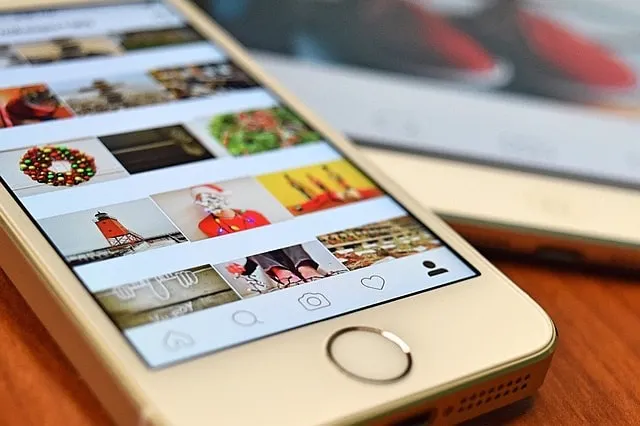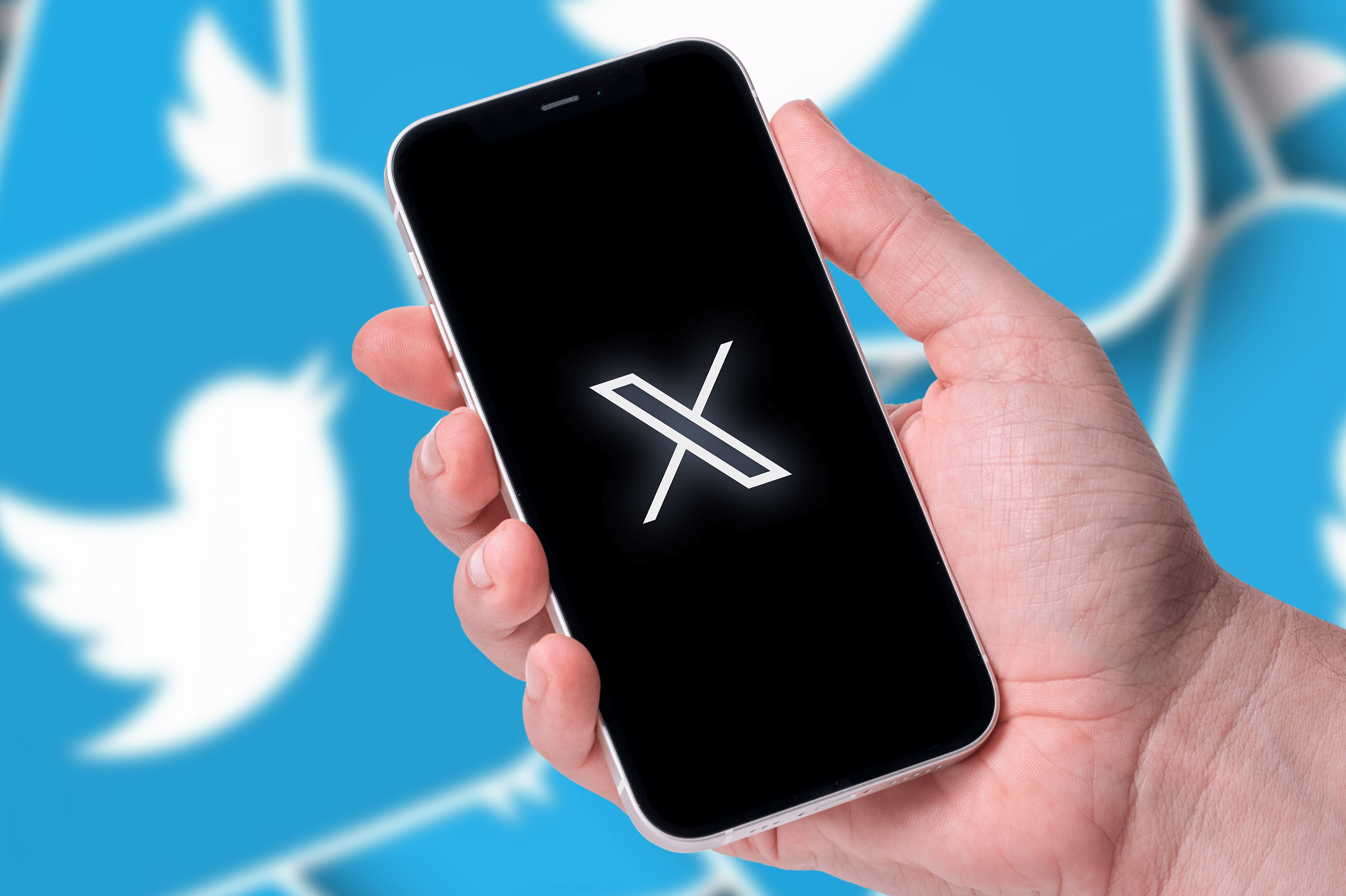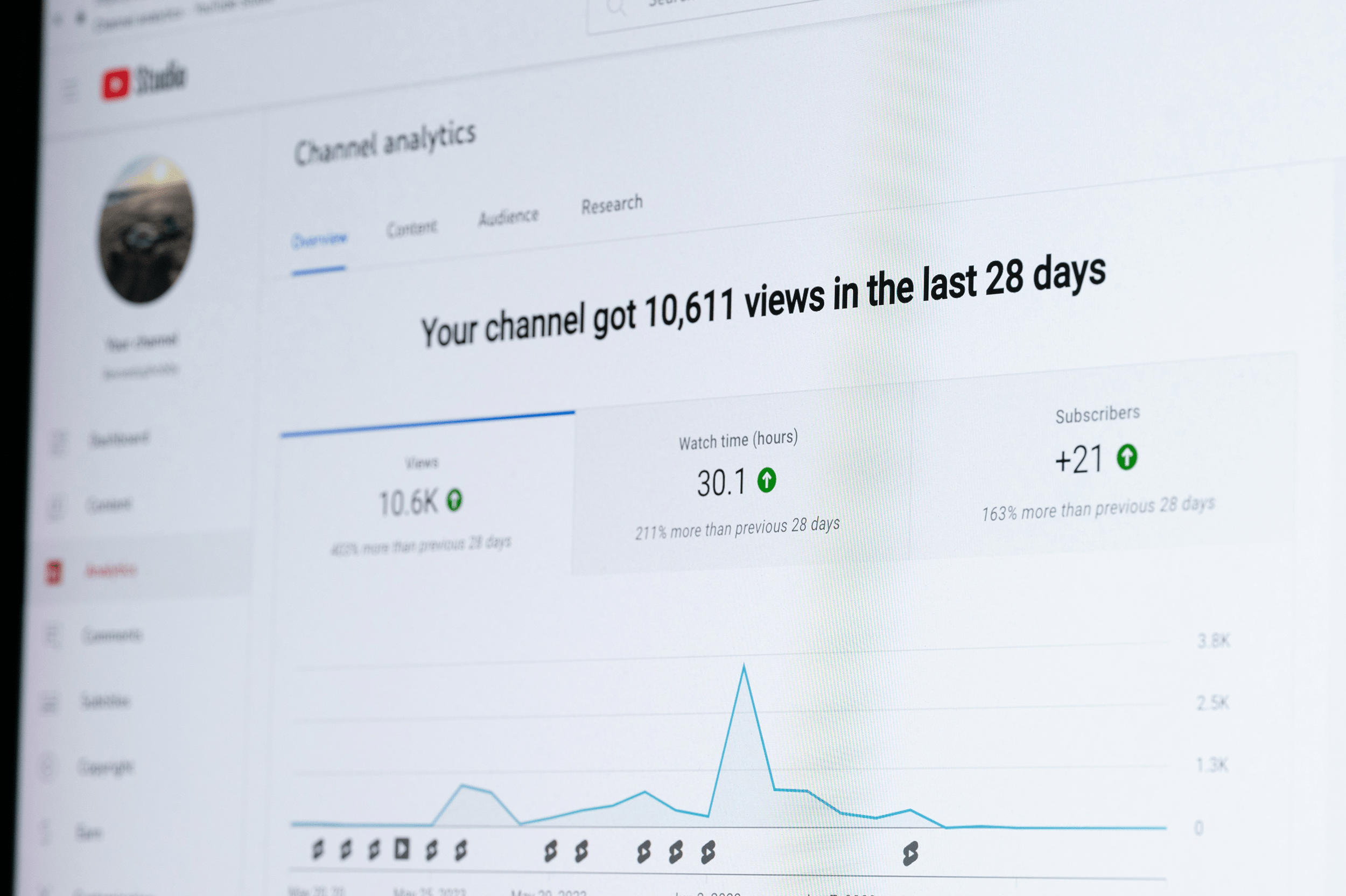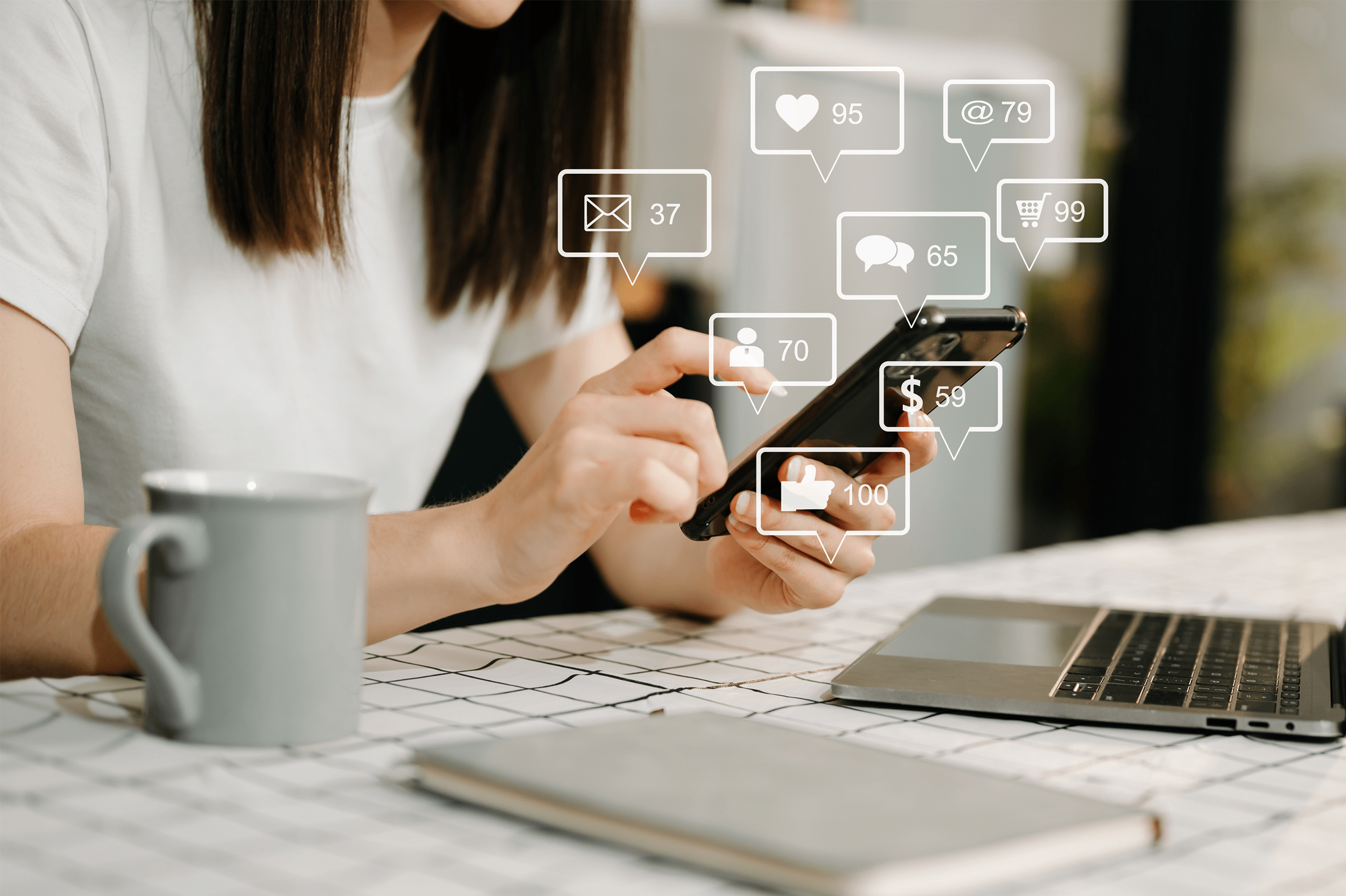Unless you’re sitting in front of your computer with all your social media profiles open 24/7, posting regularly to Instagram at the ideal times to reach your audience is an impossible feat – without the aid of an Instagram scheduler, that is. Here’s what you need to know about Instagram schedulers, best practices for using one to engage your audience, and a few tools worthy of consideration.
What’s an Instagram scheduler?
If you’re familiar with social media scheduling tools that allow you to schedule posts for Twitter, Facebook, Pinterest, and other social networks in advance, then you already know what an Instagram scheduler is. (Spoiler: It does exactly the same thing as other social media scheduling tools, but for Instagram.) Like other social media scheduling tools, Instagram schedulers are third-party tools. Some allow you to schedule posts across multiple social media platforms, not just Instagram.
Scheduling posts on Instagram hasn’t always been simple. In mid-2016, Instagram restricted access to its API, which blocked third-party tools from posting content directly to the platform and making marketers’ lives more complicated. But thanks to an API update released on January 30, 2018, Instagram schedulers are back in the game, and things are looking up for Instagram marketers. Why? Scheduling your social media posts is an effort that pays off in several ways:
- You get to optimize your posts. When you schedule your posts ahead of time, it’s easier to post content at the ideal time: when your audience is active on the platform.
- You’ll spend less time on social media. Of course, the life of a social media marketer pretty much revolves around social, but when you put your content on autopilot, you’ll have more time to spend interacting with your audience by responding to comments, answering questions, and commenting on and reacting to other users’ posts.
- It’s easier to be consistent. No one wants to be a slave to their smartphone or laptop. By scheduling your social media posts, you can create a consistent presence on platforms like Instagram – without chaining yourself to your device to hit the “publish” button in real-time.
Now that it’s possible, there’s no good reason not to take advantage of Instagram scheduling tools. But to do it right, there are a few things you need to know.
Dos: Instagram scheduling best practices

Scheduling your Instagram posts ahead of time is convenient, but it’s not a magic bullet that guarantees success on the platform. You still need to follow a few best practices to get results:
- Make sure you have an Instagram Business profile. Posting directly to Instagram via third-party tools is only possible (as of now, anyway) if you have a business profile. Fortunately, this is easy: Simply click the gear icon from your profile screen, select “switch to business profile,” and select the Facebook Page you want your Instagram Business Profile to be associated with. Note: Your profile must be set to public.
- Schedule posts at the best times to engage your audience. Scheduler or no scheduler, posting your content when your audience isn’t active on Instagram means fewer people will see your posts. And that translates to less engagement.
- Choose an Instagram community management partner. Given its reputation as one of the more “closed” social networks, it’s likely that beneficial new features or other changes will be made available through Instagram’s partners first.
- Always include an image. If you’re scheduling posts across multiple social networks, this is an easy mistake to make. That’s because it’s possible to publish posts on networks like Facebook and Twitter without an image, but that’s not the case on Instagram. Make sure you’re using the right image dimensions for a polished, professional look.
- Post different types of content. There are some limitations on what you can do on Instagram (see below), but that doesn’t mean you shouldn’t take full advantage of the capabilities you have at your disposal. Schedule different types of content, such as quotes and behind-the-scenes looks at your team’s day-to-day activities.
- Tie your posts in with your other marketing initiatives. Running an Instagram giveaway? Hosting an event? Schedule a series of posts to build excitement and keep your followers engaged from start to finish. Hosting an event? When you’re in the midst of the action, you can’t always find time to publish a play-by-play on Instagram. That’s where the #latergram comes in: use the #latergram hashtag to publish post-event follow-ups and share every exciting moment with your audience.
Don’ts: Instagram scheduling pitfalls to avoid

There are lots of things you can do with an Instagram scheduler, but there are also a few pitfalls to avoid:
- Don’t try to publish more than one photo at a time. While you must include an image to schedule a post on Instagram, you’re limited to just one.
- Don’t use super-large images. You should stick to the ideal Instagram dimensions, but third-party tools can’t always publish posts with very wide or tall images – stick to an aspect ratio between 4:5 and 1.91:1 for the best results.
- Don’t publish videos. Unfortunately, it’s not yet possible to schedule Instagram posts containing videos, so stick to static images when scheduling in advance.
- Don’t include links. Instagram posts can’t include links, whether you’re scheduling them for later or publishing them directly to the platform in real-time. On Instagram, you get just one external link – located in your bio.
Instagram scheduling tools to consider

What Instagram scheduler should you choose? Whether you’re going it solo or need to collaborate with other team members, here are a few Instagram scheduling tools worth consideration.
- Buffer – Not only does Buffer offer the core features you need to schedule Instagram posts, but it also includes a reminder feature. For those posts that can’t be published directly to Instagram via third-party tools (like posts with video or multi-image posts), Buffer sends a notification to your mobile device at the scheduled time prompting you to publish directly from the Instagram app.
- Agorapulse – Like Buffer, Agorapulse allows you to manage multiple social media profiles from a single dashboard, including Instagram. Plus, you can take advantage of social listening functionality as well as features to help you engage your audience.
- Sprout Social – Publish your best content across all your social media platforms, from Instagram to LinkedIn, with Sprout Social. For Instagram, Sprout Social enables you to schedule posts, monitor hashtags, run reports, and even manage comments.
- Hootsuite – With Hootsuite, you can schedule posts for Instagram, plus you can monitor hashtags and customers, keep tabs on your competitors, and track photos tagged to locations.
- Later – Later is a bit different from the others in that it focuses exclusively on Instagram scheduling. It comes with a visual content calendar, drag-and-drop functionality, and powerful content management capabilities for managing all your Instagram content in one place.
- Tailwind – Last, but certainly not least, Tailwind is a tool originally designed for Pinterest. As Pinterest is the other visually-oriented social media platform, offering Instagram functionality was a no-brainer for Tailwind. With it, you can discover content, monitor conversations, schedule posts, and analyze everything to optimize your campaigns.
Whether you need to collaborate with your team, manage multiple social media accounts, or want a dedicated tool to up your Instagram game, there are plenty of Instagram scheduling tools to choose from. With powerful Instagram schedulers and common-sense best practices, Instagram marketing just got a whole lot simpler.
Beyond that, if you’re looking for even more ideas on how to grow your Instagram following, we’ve also created a series of free Instagram resources, including: our answer to the question how to share a post on an Instagram feed, our guide to sharing on Instagram, and our answer to questions like how to adjust your profile picture on Instagram.




